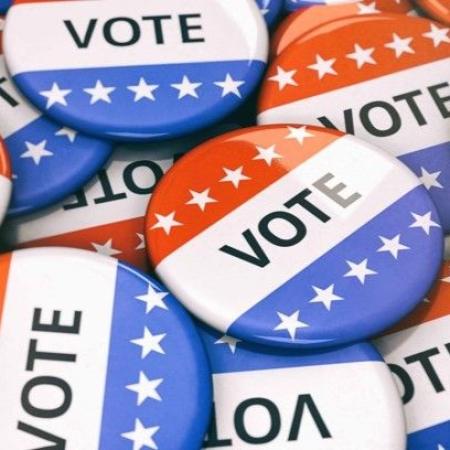Teaching the Election

Teaching the Election (September 17, 2024) | View webinar recording
Nearly half of the world’s people live in countries that have or will hold national elections this year. In America, a contentious presidential election season is underway. In a time of deep social and political divisions in the US and around the world, many educators are asking themselves how they can remain neutral while helping students to explore sensitive or controversial political and social issues.
An inspiring group of educators from a range of NEASC-Accredited schools explored this topic in the webinar. They provided a wealth of resources and examples of how they are preparing their students to be engaged and informed citizens while also making the case that schools must foster a climate that supports intellectual exploration and that is free of bias and partisanship.
Special thanks to our esteemed group of panelists:
- Brianna Bobo, Social Studies Teacher, Sedgwick Middle School, CT, USA
- Alejandro Castillo, History Teacher, The International School Nido de Aguilas, Chile
- Brianne Foley, History Department Head, Director of GLI, Global Studies and Service,The Taft School, CT, USA
- Jed Lippard, Chief Learning Officer, Buckingham Browne & Nichols School, MA, USA
- Donna Morin, Social Studies Teacher, Alvirne High School, NH, USA
- Jocelyn Tamborello-Noble, Principal, Conard High School, CT, USA
- Integrate civics education into your curriculum at all times, not only in a presidential election year. This will give students a better understanding of the issues and dynamics at play when there is a major election.
- Include student voice in decision-making about the school community. Are you looking at a scheduling change? Are you going to adjust lunch options? Are you considering ending one club and launching another? Invite student feedback. Give students a chance to weigh in on the issues that matter to them. Work with leadership groups, such as student council, to examine student response and the school’s needs and to work with school leaders to make an informed decision.
- Create opportunities for students to engage in local government.
Examples include:- Encouraging students to connect with local officials and offering credit when they share something they did that relates to government such as attending a city council meeting, listening to an elected official speak at an event or reading their newsletter, contacting their representative with a concern, etc.
- Conducting a unit on ballot initiatives in your state. Ask students to study the initiatives as well as arguments in favor of or against each one and then present them to their classmates.
- Teach students to recognize good information. Ensure that students know to evaluate the information they are receiving. Help them spot misinformation, and make sure they recognize the difference between sources that aim to persuade people versus those designed to help people understand.
- Hold a mock election. Come up with creative approaches to the election such as assigning some students to be journalists and others to be pundits or pollsters, in addition to candidate and campaign staff roles.
- Find and use tools that can help you in the classroom. Increasingly there are curriculum, apps and websites available to educators and the public that are aimed at mitigating the impact of misinformation and improving public discourse. Suggestions included the News Literacy Project, the Interactive Media Bias Chart from Ad Fontes Media and Braver Angels, which provides programs and workshops that teach students to engage with empathy and civility.
- Create a safe space for sharing while challenging assumptions. Ensure that students can openly share their feelings on a controversial topic without ridicule or judgment, and intentionally bring other perspectives into the curriculum. Even in diverse schools there can be homogenous thinking among students and teachers.
Resources
- Ad Fontes Media: Interactive Media Bias Chart
- AllSides Bias Checker: On-demand bias ratings
- The Taft School: Global Leadership Institute (GLI)
- CT Laurel Girls State: Civic responsibility program
- Center for Leadership and Educational Equity (CLEE): The 5 Why’s for Inquiry
- Digital Inquiry Group: Evidence-Based Curriculum for a Digital Age
- Civic Online Reasoning (COR): teaching resources
- Facing History & Ourselves: Teaching Resources for US Elections
- News Literacy Project --
The Sift: An educator’s guide to the week in news literacy
- University of Connecticut: Human Rights Close to Home (HRCH)
- Thriving in a World of Pluralistic Contention: A Framework for Schools

